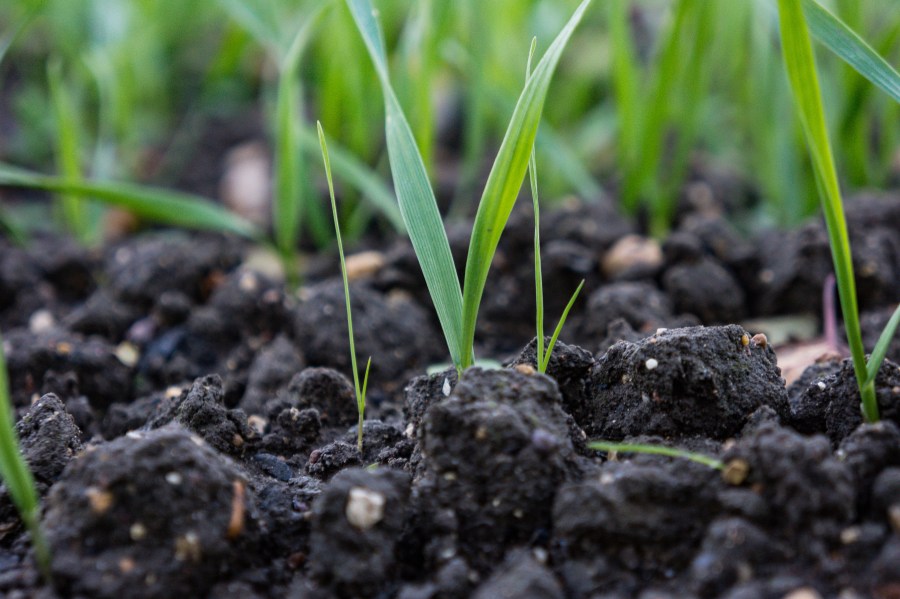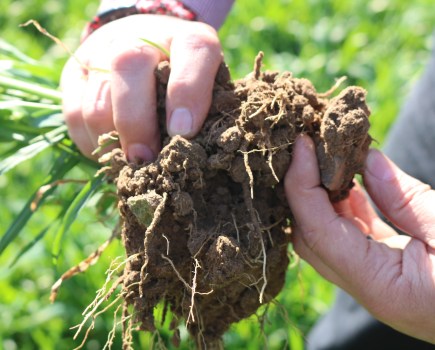Results from a trial at the University of Nottingham support applying mesosulfuron-based chemistry on a sunny day to maximise performance.
For many seasons, farmers and agronomists have noticed that sunny weather appears to be linked with higher efficacy, but there lacked trials to back this up, explains Bayer’s Matt Siggs, who commissioned the work.
“This new work shows light intensity has a direct benefit on efficacy in glasshouse conditions at relatively low temperatures of 6°C. Most importantly, it excludes the other ways sunlight could increase efficacy,” he continues.
“In the field, sunny weather is likely to improve performance in other ways such as faster drying on the leaf and a higher ambient temperature. Often clear skies during the day are mirrored at night which leads to higher frost potential and lower average temperatures which is something we have to be cautious of as it can dewax the crop and increases the chances of transient crop damage.”
Atlantis Star
The experiment tested Atlantis Star (mesosulfuron+ iodosulfuron+ thiencarbazone) on Italian ryegrass, rye brome and sterile brome. It took place in a glasshouse with LED lighting used to replicate growing conditions from early February.
Applications at higher light intensity equivalent to sunlight (350 watts/m2) showed a small but consistent improvement in activity compared with those at lower light intensity (100 watts/m2) which replicates cloudy weather, says Matt.
Although the field rate of Atlantis Star is 0.333kg/ha, the trial explored a reduced rate to emphasise the impact of light. This means the results shouldn’t be used to predict control in the field, just the relative benefit of brighter conditions, he continues.
Trade-offs
Matt stresses that the least-effective herbicide is one that doesn’t get applied and in practice, there’s always a trade-off between getting an application done and waiting for ideal conditions. “Added to that, smaller weeds are easier to control which is another reason to not delay waiting until warm growing conditions in late March or April, as this often compromises control as the grassweeds will have potentially reached stem extension ahead of the crop.
“Once the weeds are sending resources upwards into the leaves and stems that means the chemistry isn’t delivered to the roots and hence we often get complaints of re-growth or suspicions of resistant populations,” he explains.
February conditions
According to Matt, there can often be a spell of bright weather in February. “We had it in 2023 but not last year. Be ready to spray as soon as conditions improve and have a plan about which fields to target first. Avoid applications to stressed, frosted and waterlogged crops where the uptake of herbicides is likely to be reduced.”
Adding a residual herbicide partner is also an option in the spring to control further germination of grass and broadleaf weeds. “Trial results show metribuzin products in particular can improve overall efficacy against difficult to control grassweeds,” he concludes.




